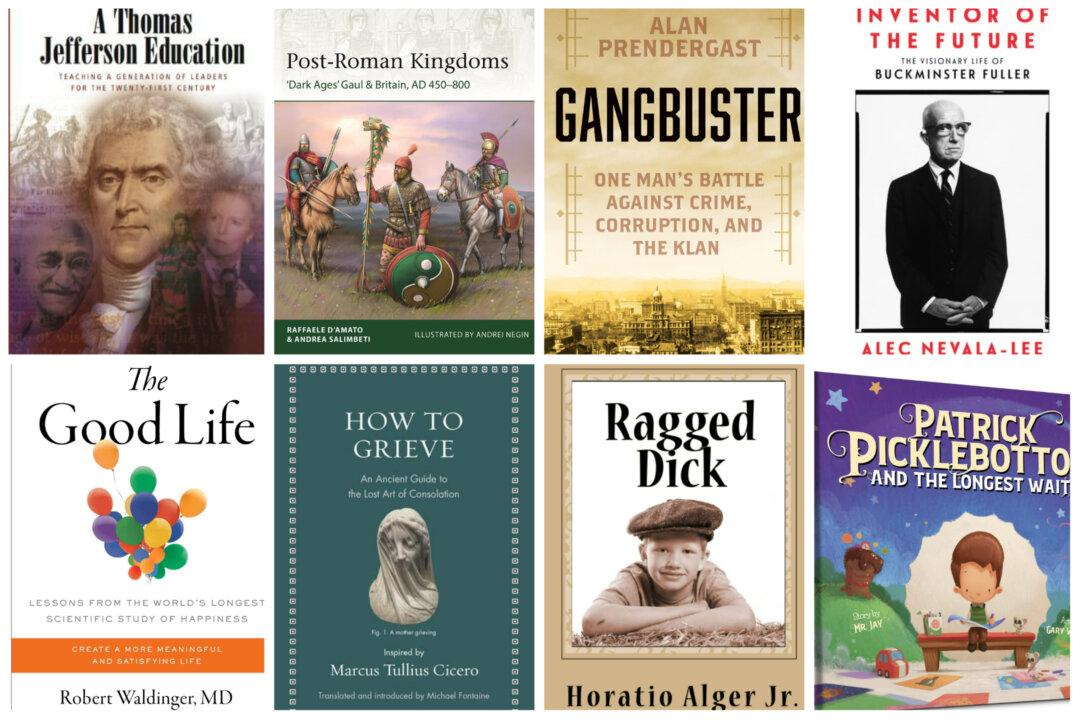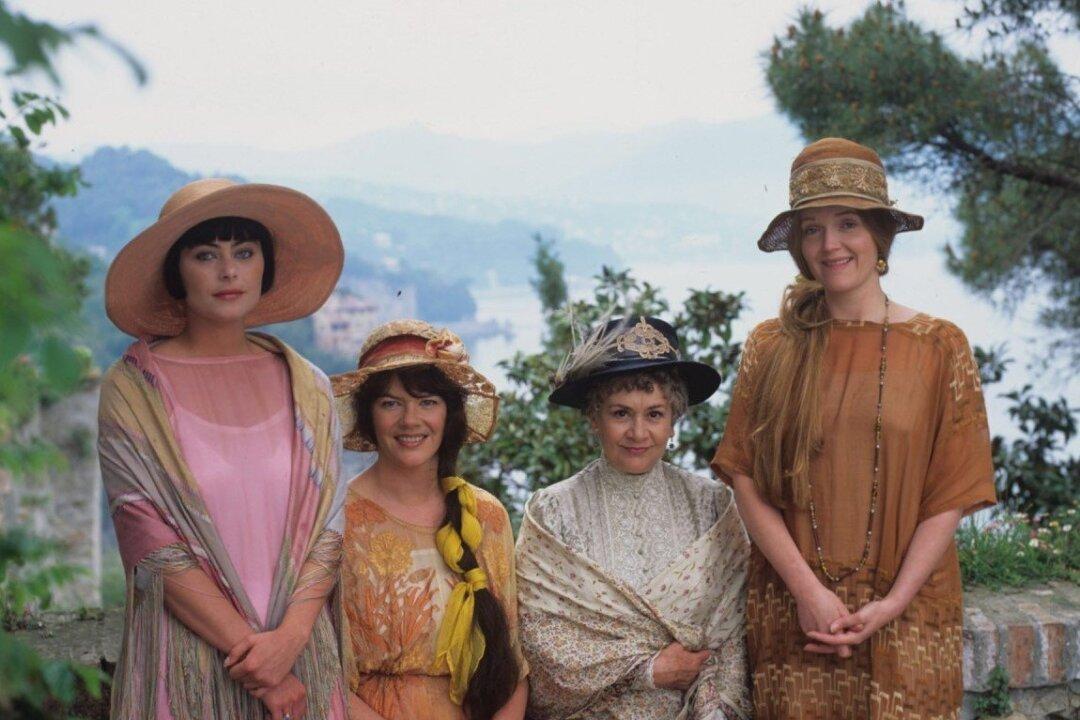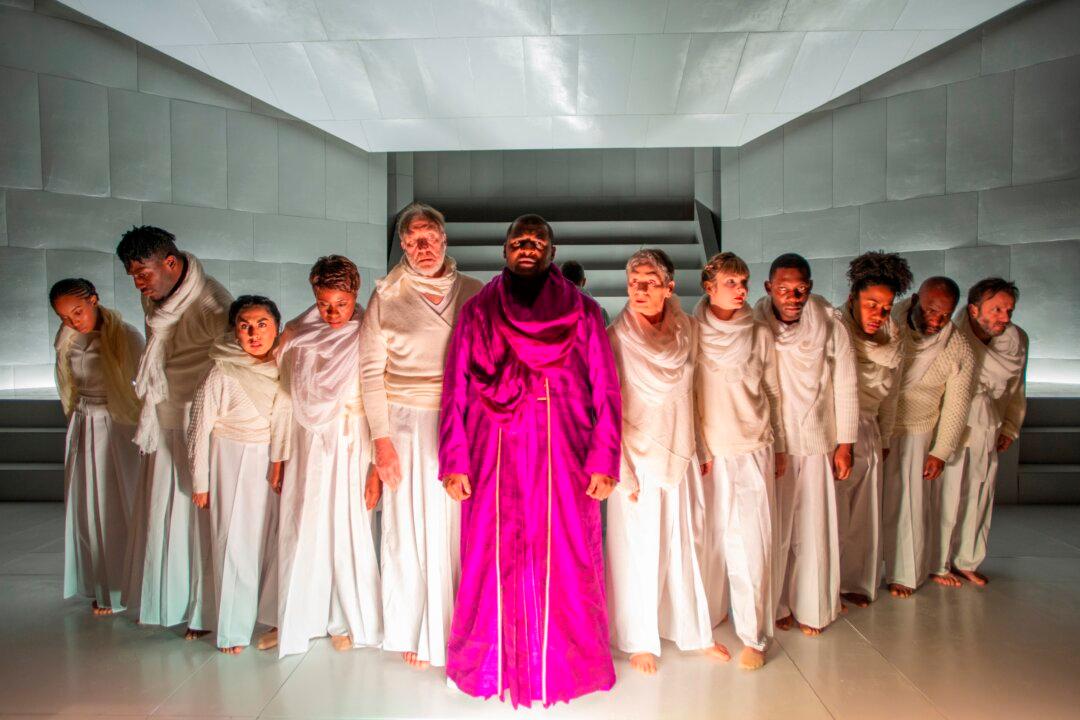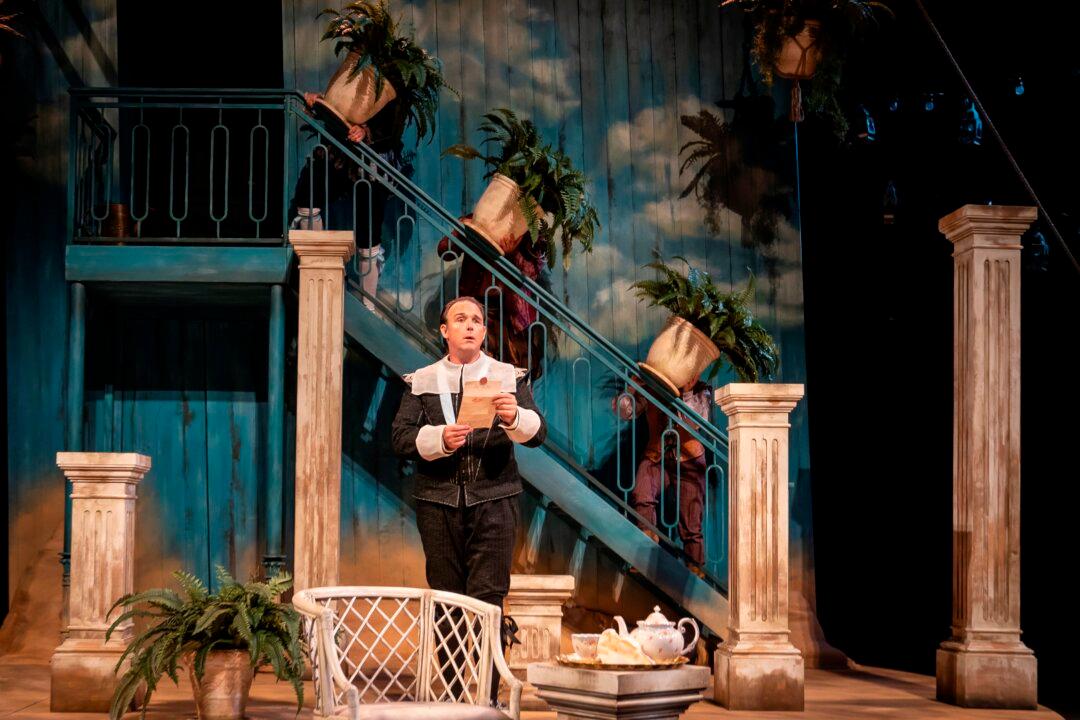What classical ballet can offer, not only to dancers but to the general public, is an idea of what came before us, says Diana Byer, founder and artistic director of the New York Theatre Ballet (NYTB).

Diana Byer, founder and artistic director of the New York Theatre Ballet, correcting children's dance positions.





